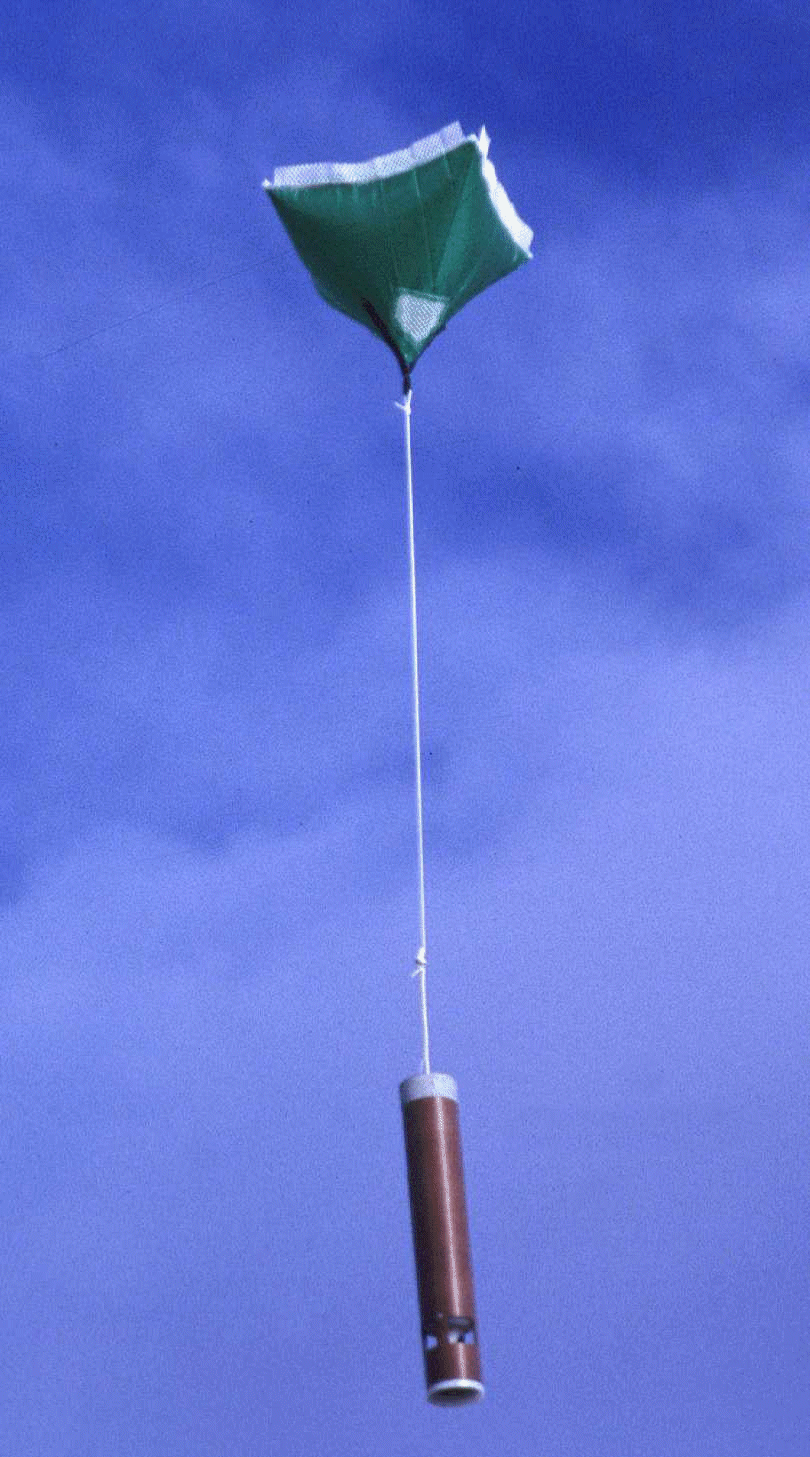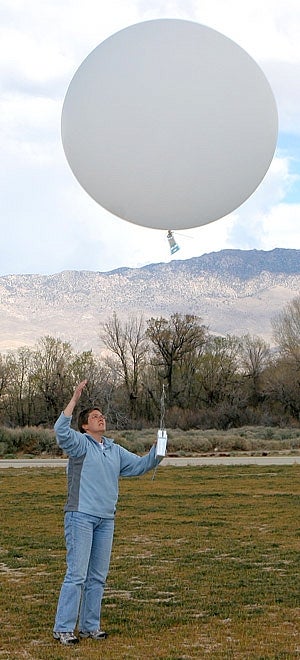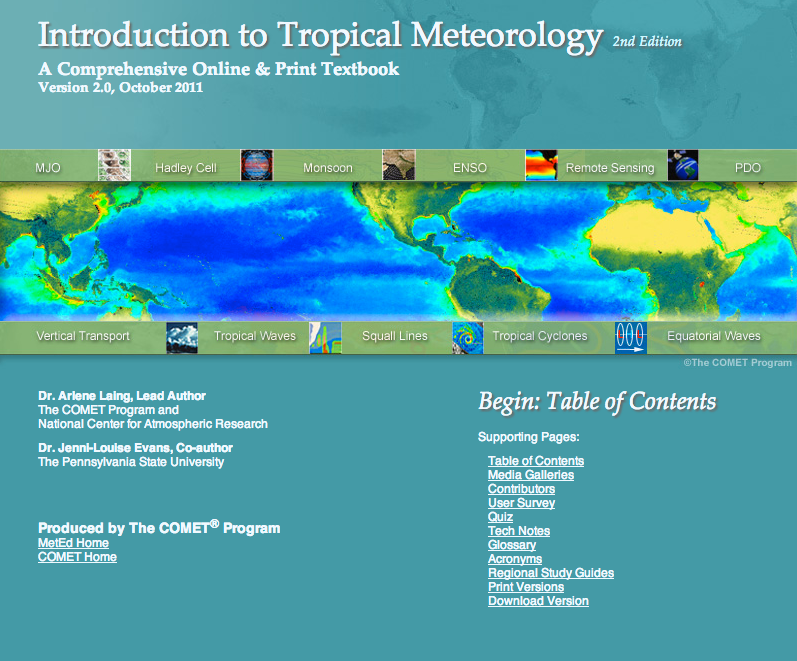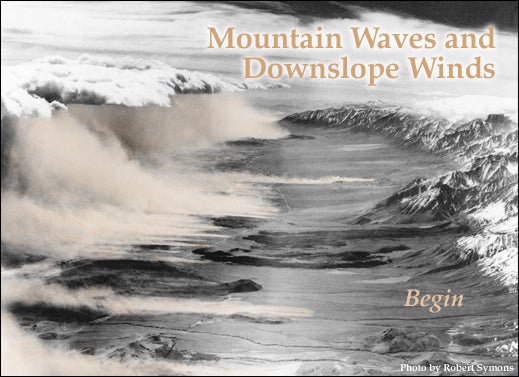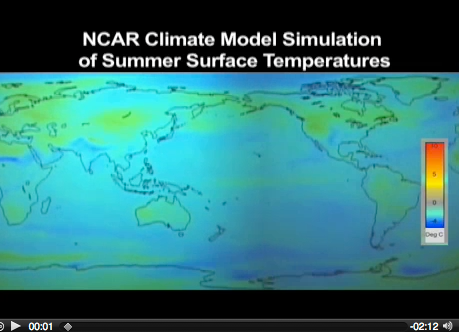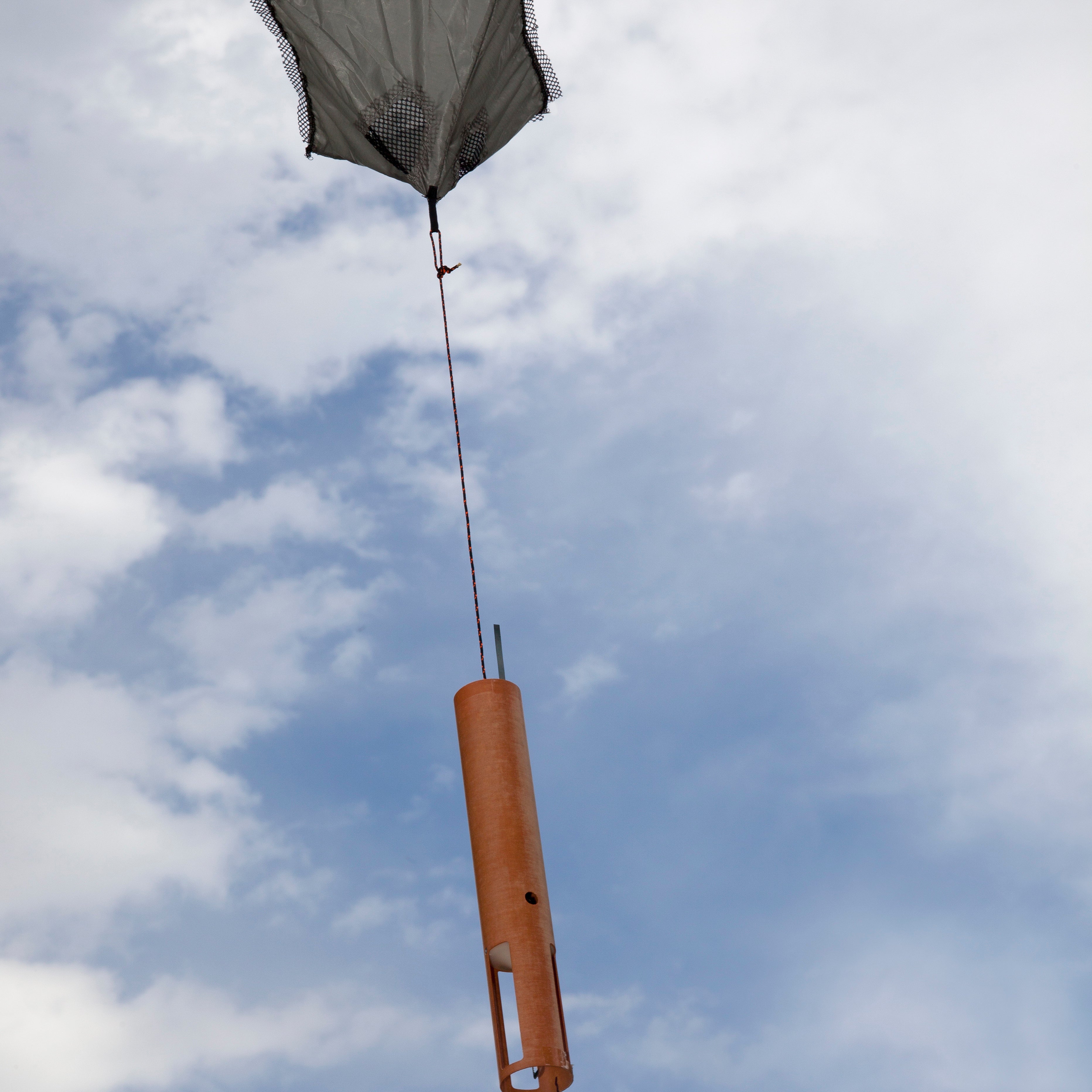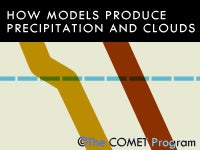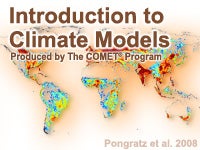| VIDEOS |
|
Air. Planet. People. |
NSF/NCAR HIAPER Research Aircraft
|
|
|
From Measurements to Models
|
Science Nation :: Dropsondes |
|
|
Principles of Instrumentation and Measurement |
Engineering for Scientific Discovery |
| K-12 SCIENCE EDUCATION MODULES |
 Earth's atmosphere is a mixture of gases that surrounds our home planet. Besides providing us with something to breathe, the atmosphere helps make life on Earth possible in several ways. It shields us from most of the harmful ultraviolet (UV) radiation coming from the Sun, warms the surface of our planet by about 33° C (59° F) via the greenhouse effect, and largely prevents extreme differences between daytime and nighttime temperatures.
Earth's atmosphere is a mixture of gases that surrounds our home planet. Besides providing us with something to breathe, the atmosphere helps make life on Earth possible in several ways. It shields us from most of the harmful ultraviolet (UV) radiation coming from the Sun, warms the surface of our planet by about 33° C (59° F) via the greenhouse effect, and largely prevents extreme differences between daytime and nighttime temperatures.
» Learn more
Exploring the Atmosphere with Dropsondes
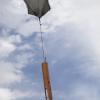 Let’s say you would like to know how temperature, wind, air pressure and humidity vary throughout a hurricane. This information could help you know whether the hurricane is growing stronger and which direction it is heading. But hurricanes are dangerous storms. It's hard to get inside them. One way to get that information safely is to use dropsondes.
Let’s say you would like to know how temperature, wind, air pressure and humidity vary throughout a hurricane. This information could help you know whether the hurricane is growing stronger and which direction it is heading. But hurricanes are dangerous storms. It's hard to get inside them. One way to get that information safely is to use dropsondes.
» Learn more
Exploring the Atmosphere with Weather Balloons
 Every 12 hours, hundreds of people in places around the world release huge, white balloons into the sky. The balloons float upward, each tethered to a box of instruments that collects data about the atmosphere.
Every 12 hours, hundreds of people in places around the world release huge, white balloons into the sky. The balloons float upward, each tethered to a box of instruments that collects data about the atmosphere.
» Learn more
| ADVANCED SCIENCE EDUCATION MODULES |
Introduction to Climate Models (free login required)
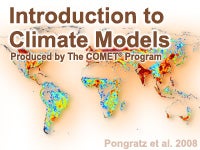 This module explains how climate models work. Because the modeling of both weather and climate share many similarities, the content throughout this module draws frequent comparisons and highlights the differences. We explain not only how, but why climate models differ from weather models.
This module explains how climate models work. Because the modeling of both weather and climate share many similarities, the content throughout this module draws frequent comparisons and highlights the differences. We explain not only how, but why climate models differ from weather models.
» Learn more
How Models Produce Precipitation and Clouds - version 2 (free login required)
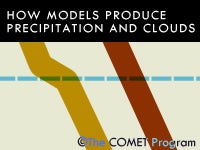 This module, part of the "NWP Training Series: Effective Use of NWP in the Forecast Process", explores how NWP models handle both grid-scale microphysical (precipitation) and convective processes through parameterizations and/or explicit methods, with an emphasis on how model treatment (and errors in the triggering) of these processes affects forecast depiction of precipitation and related forecast variables.
This module, part of the "NWP Training Series: Effective Use of NWP in the Forecast Process", explores how NWP models handle both grid-scale microphysical (precipitation) and convective processes through parameterizations and/or explicit methods, with an emphasis on how model treatment (and errors in the triggering) of these processes affects forecast depiction of precipitation and related forecast variables.
» Learn more
Introduction to Tropical Meteorology (free login required)
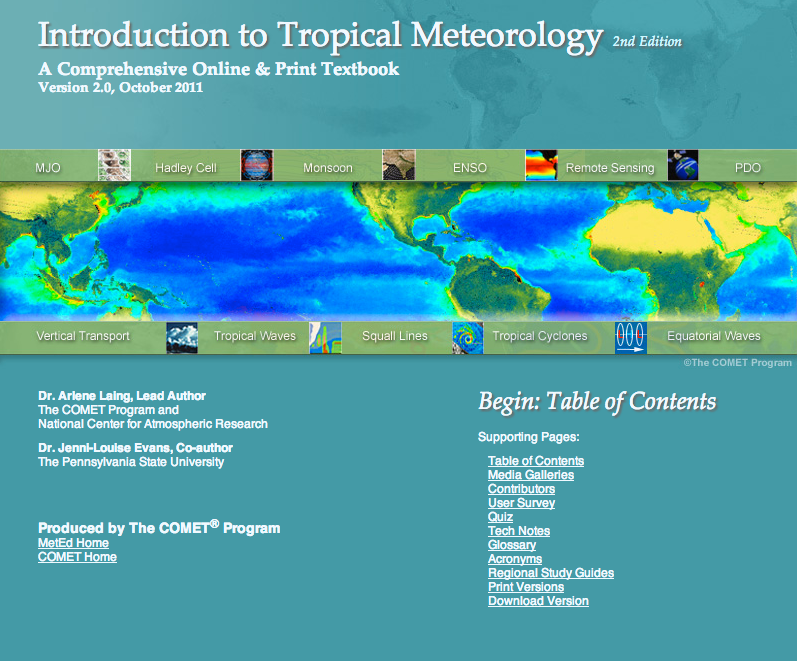 This online textbook is a comprehensive resource for Tropical Meteorology. It is intended for use by undergraduate and early graduate students in Tropical Meteorology courses, forecasters, and others interested in the impacts of tropical weather and climate.
This online textbook is a comprehensive resource for Tropical Meteorology. It is intended for use by undergraduate and early graduate students in Tropical Meteorology courses, forecasters, and others interested in the impacts of tropical weather and climate.
» Learn more
Data Set Documentation Guidelines
Data Archive Submission Instructions

